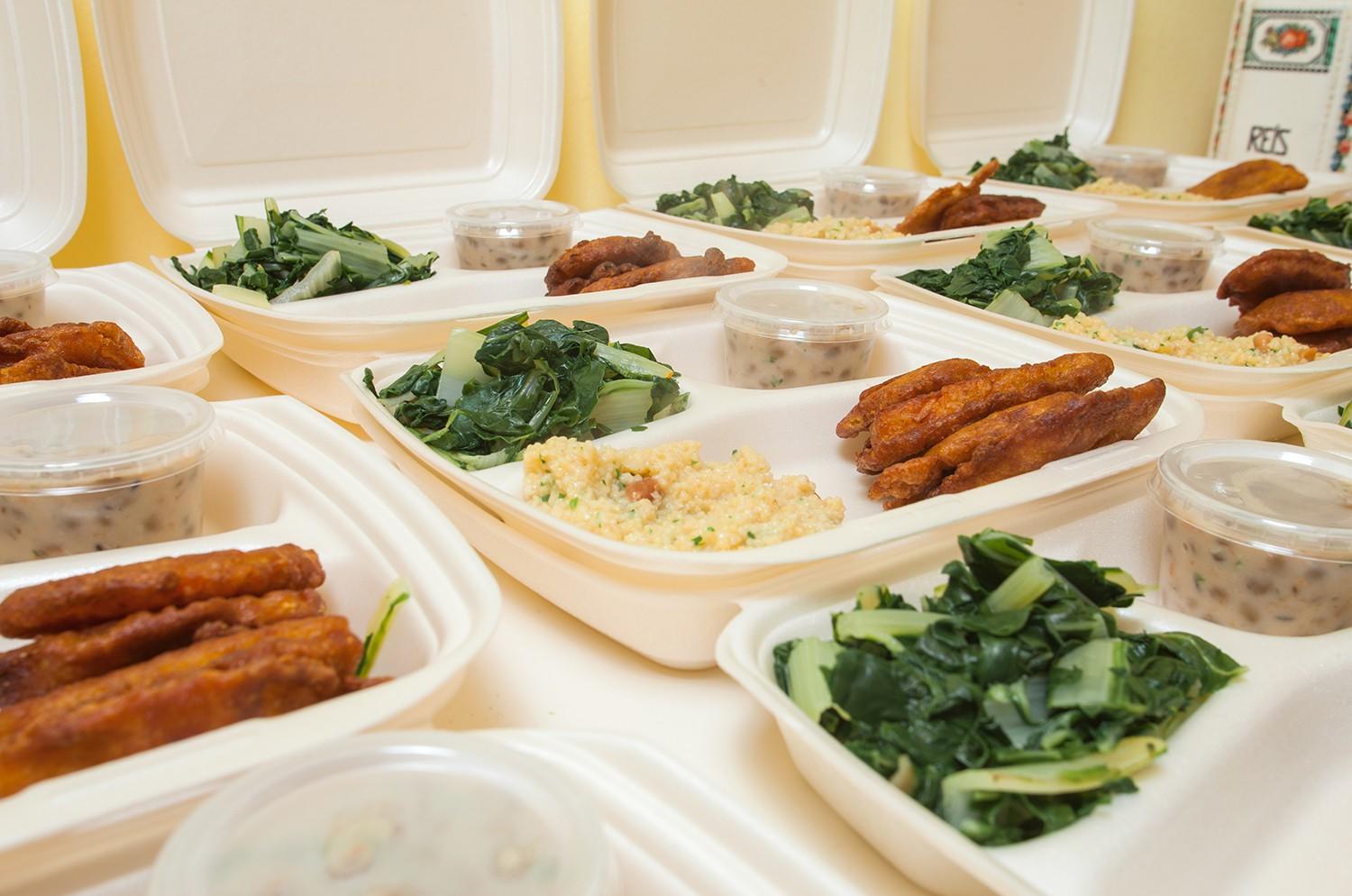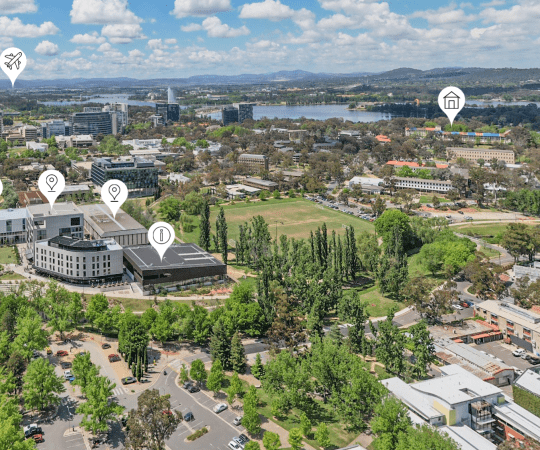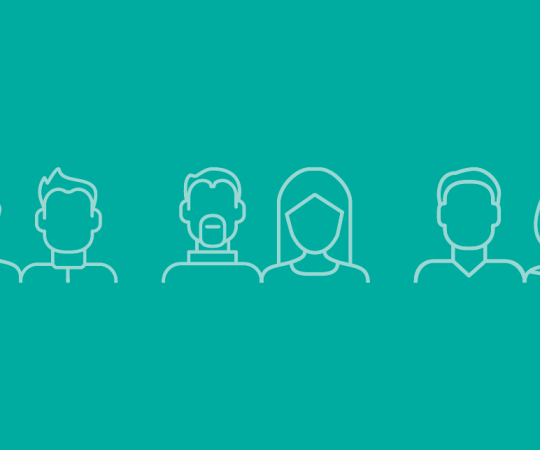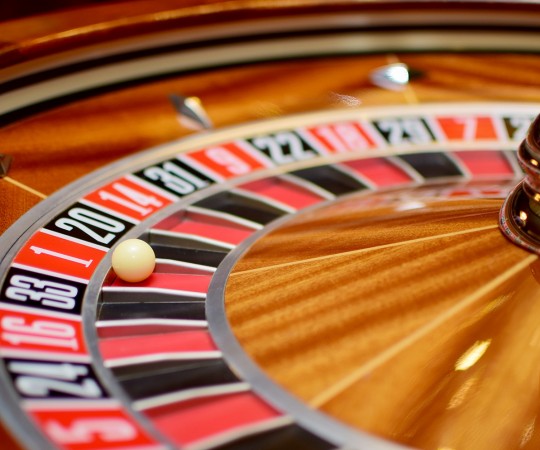
I can buy a university degree online… but I probably won’t.
Quality design vs take away design
There are similarities between healthy, quality restaurants and unhealthy take away restaurants. Both offer you food when you’re hungry, drinks when you’re thirsty and a place to get away from the mundane, but both are not the same.
You’ll spend more at a healthy, quality restaurant than you will at a take away. It makes good financial sense to buy take away, if you don’t think about how it will impact your future. Over time your health, your sleep, your medication and increased doctors bills will far outweigh the initial savings you made. Both choices fill your hunger, but from opposite ends of the scale.
This is also true of design.
You’ll pay more for healthy, quality design than you will for take away design. They both fill your need, but from opposite ends of the scale. It may make financial sense when you engage a take away designer, not understanding how the solution provided will impact your company’s future. Over time you’ll pay for that choice again and again. For more information on the hidden costs associated with using take away logos and brands go here.
Quality design takes time, it’s not take away
Life is busy. We are often in the position of wanting something immediately due to time constraints placed on us by others, or because we’ve neglected something for so long it’s now become urgent. It’s very easy to grab take away because it’s convenient, it’s often when we’re tired and hungry. We know that it’s not the best choice, BUT…
It quickly becomes a thought habit and leads us down paths with consequences that become apparent over time. Let’s face it, making healthy choices takes planning.
Healthy design solutions require planning too — it pays off. Here are some benefits to consider before reaching for that design burger.
A quality designer takes the time to probe for information that you may not have considered important. The information gathered in this session(s) is analysed and used to supply a strategic brief that meets your communication needs.
A quality designer thinks in the context of your target audience and what makes them respond to you and your message. You may have a preference for red and want it as your campaign colour. Red might be the colour of your birth stone, it might be the colour you wear all the time, but if your target audience hates red you will have a communication problem.
A quality designer analyses your existing brand and develops communication strategies that are consistent across mediums. Be that, print, web, TV, radio or social media.
A quality designer will politely push back if they believe that a given direction is wrong. They will sit down with you and give you reasons, based on research, as to why certain ideas are better than others.
A quality designer develops clever logo designs. They look for a unique approach to make your business stand out from the many others that offer similar services. The most obvious idea isn’t always the best choice, that’s why they spend time brainstorming — often in teams.
Brainstorming is a very important phase in the design process. There will be many designs that are tossed because they’re too simplistic, boring or off-target. Having qualified peers available to review all solutions helps refine the final solution.
A quality designer will spend at least 4–6 weeks developing your logo and brand — some brands take much longer. Quality designers take their time because they don’t like to play hit-and-miss. They’ve made this their career and are in it for the long haul.
Take away design is fast, it’s not quality
A take away designer will get your brief and develop a logo in isolation. They won’t challenge you.
Like fast food restaurants they may have kept warm some ideas that missed the mark in previous jobs. Now they’re offered to you with the ‘add your name here’.
Just like take away it’s very tempting to go for a quick fix. Think about it. This logo has been developed without knowing the first thing about you and your business’ needs. You didn’t need to be present when it was developed because your uniqueness is irrelevant. Take away caters to your impulse reaction. It doesn’t deliver a considered, healthy, targeted response. It doesn’t consider you or your audience at all.
Take away designers can’t sit down with you, your colleagues or your target audience. As a result they’re not able to articulate what makes you unique, a fundamental key in developing a brand. You may have a preference for red in your logo and they will design you a red logo — no questions asked. They want to appeal to your basic, impulse understanding of what it is you want.
On take away wages they don’t have the time to get into the heads of your target audience, or to develop communication strategies that appeal to them based on research, even though your target audience is the demographic that needs to be communicated to.
A take away designer doesn’t push back if they believe you’re going down the wrong path, it’s not in their best interests. They’re only getting $150–$400 to design your logo (about 1–4 hours), why should they prolong the design phase? It doesn’t make financial sense. If they are to survive they have to concentrate on quantity not quality. There are plenty of other customers in the drive-thru line that want immediate gratification too.
A take away designer agrees to your quick time frame because they need quick sales. To remain viable they must make several quick sales a week. This means they have to go down the path of least resistance (blandness) in order to appeal to your lack of understanding of what makes a good logo and brand.
For example, they may design a camera for your logo if you’re a photographer, or a tooth for your logo if you’re a dentist, or a dollar sign for your logo if you’re a financial adviser. It makes sense from their point of view. It requires very little thinking and offers a very ‘safe’ place to start. Most clients don’t know any better. Next time you flick through the Yellow Pages pay attention to the pages of bland designs — there are plenty of dentists with teeth holding toothbrushes for logos.
Take away wages from a crowd sourcing founder
In a recent article in Creative, Mark Harbottle, the co-founder of 99designs noted that their company had paid $25 million to 125,000 of its crowdsourced designers over a period of three years.
That equates to $200 per designer for the last three years.
What is the likelihood that these crowdsourcing designers are making a living working this way? They must have other full-time jobs to support them and then dabble in logo designs in their spare time.
It doesn’t make sense that they’d be professional designers either. Why spend your spare time developing logos for a fraction of the cost of the professional versions you do ever day?
Perhaps, like the many teenagers that serve at take away restaurants, they’re looking for a chance to get experience. What better way to cut their design teeth than on your precious logo and brand — and all for $150–$400.








Submit a Comment